Stars are depicted using different colors, but are they accurate? A new scientific color palette aims to put misrepresentations to rest.
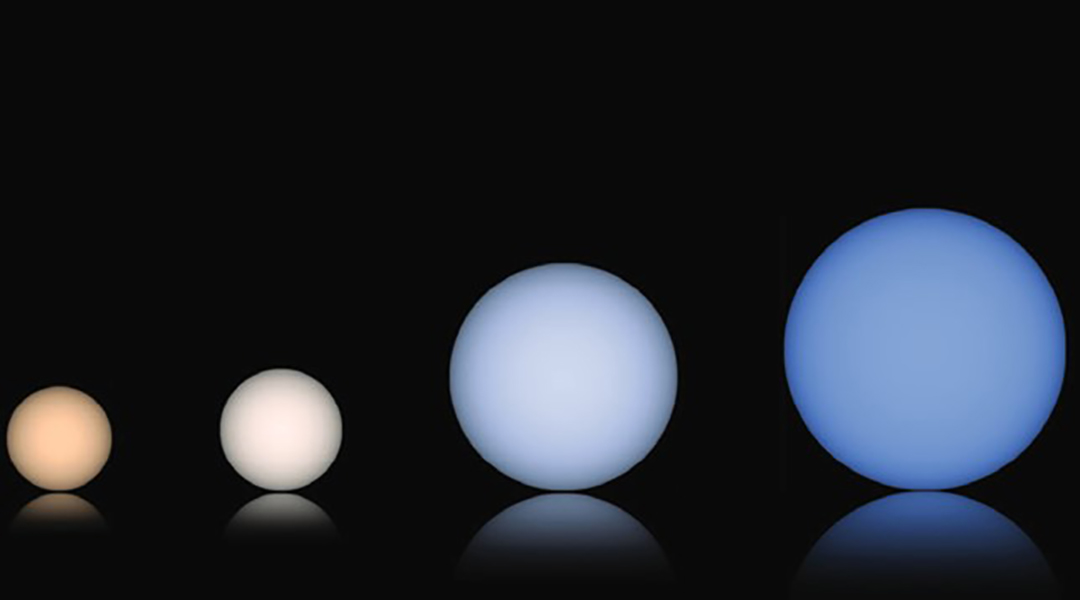

Stars are depicted using different colors, but are they accurate? A new scientific color palette aims to put misrepresentations to rest.

Scientists have observed the mysterious death of a carbon-rich star, which was characterized by the mass ejection of matter into space.
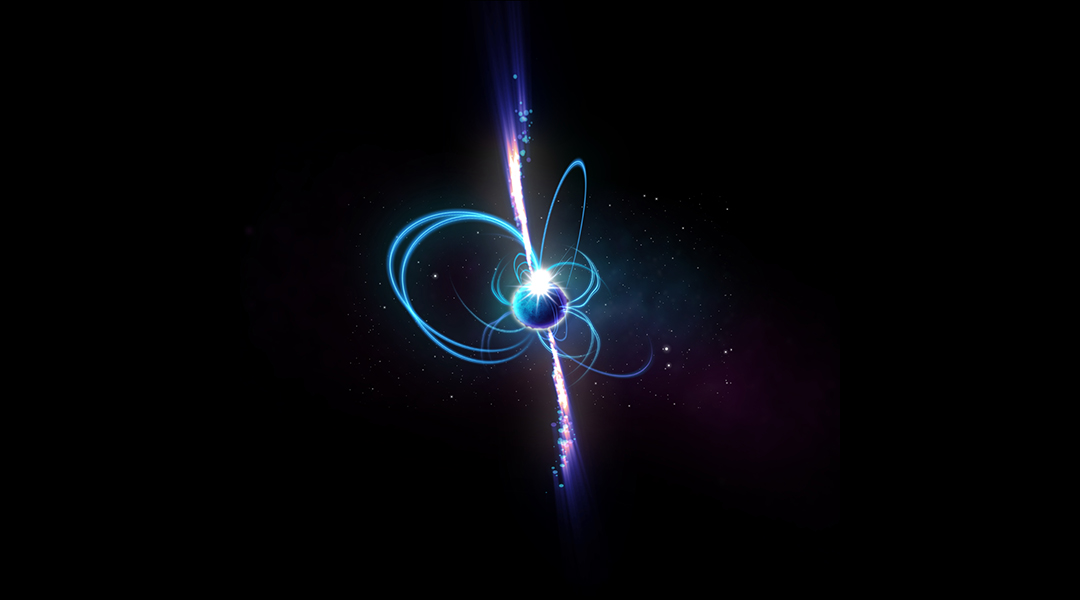
Scientists have observed a peculiar object emitting radio waves once every 20 minutes, and it may be a new kind of neutron star.
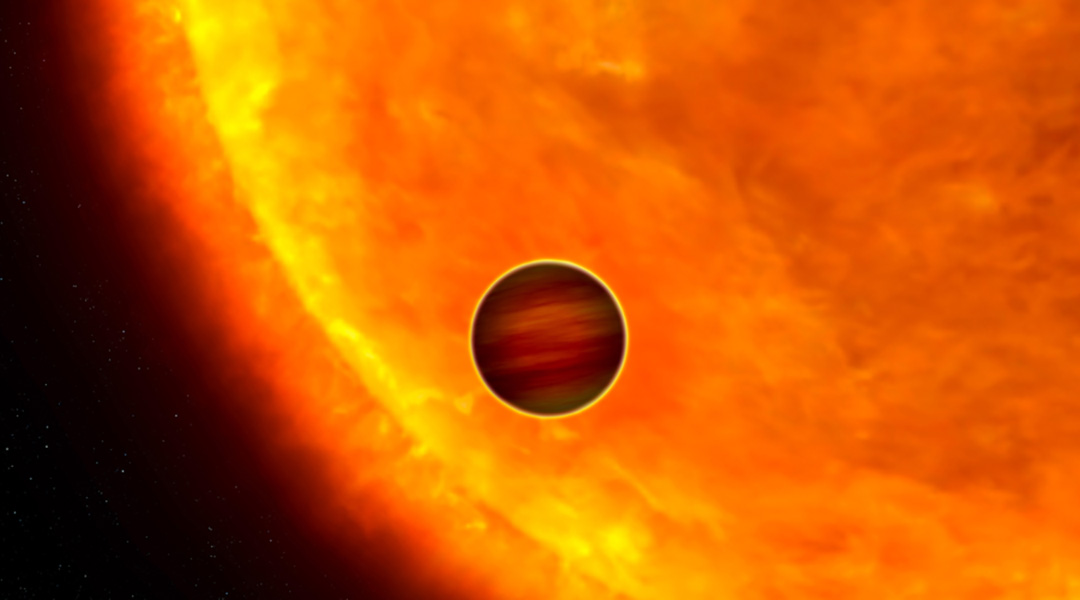
TOI-2109b is the second hottest exoplanet discovered so far, with a year lasting just 16 hours.
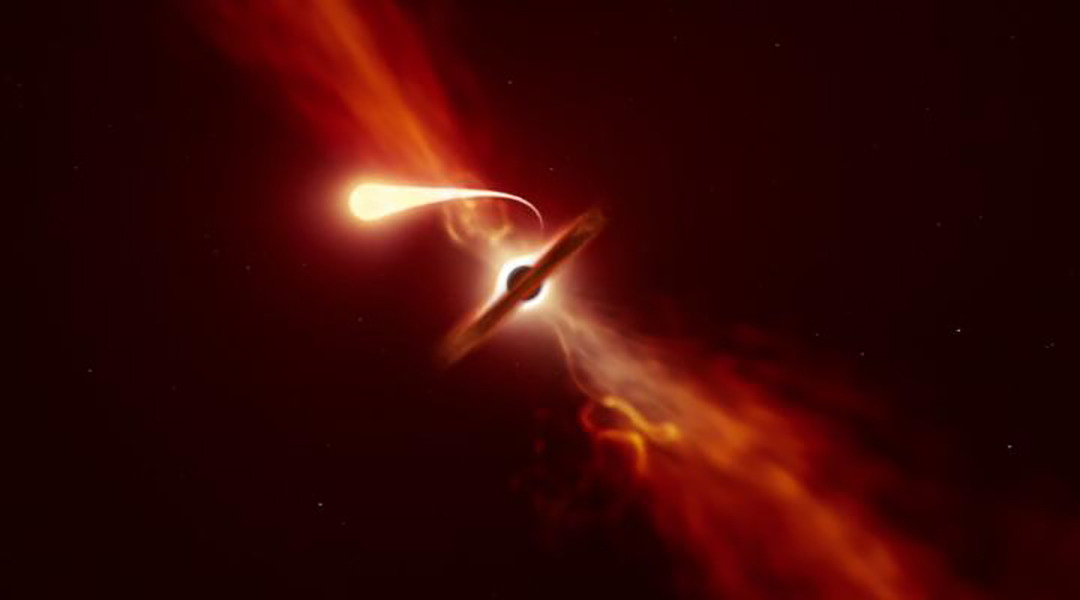
New observations capture a star experiencing spaghettification as it’s sucked in by a supermassive black hole.
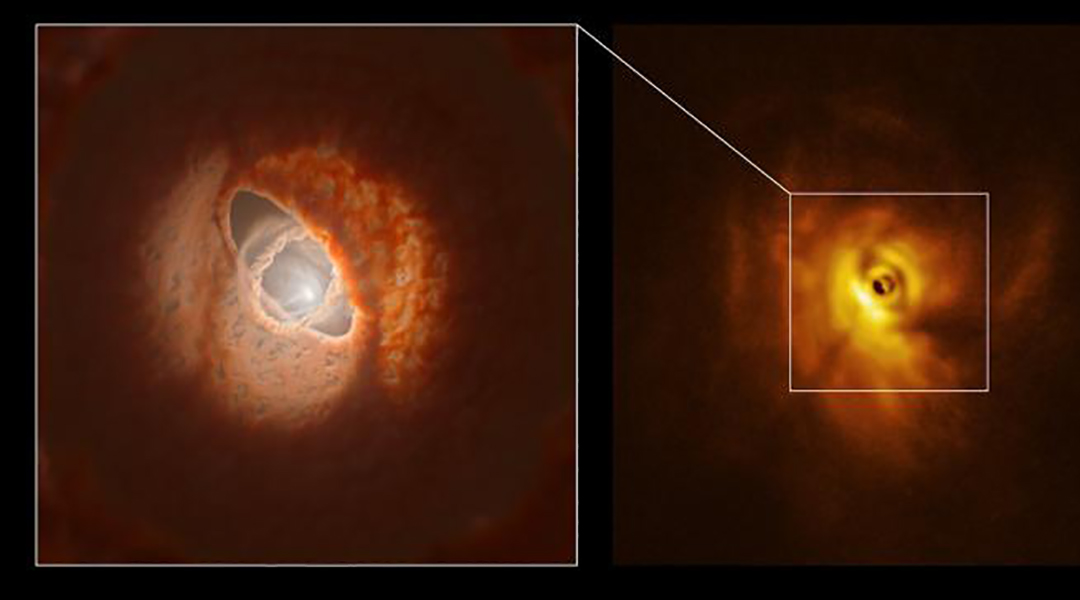
New observations allowed astronomers to see, for the first time, the shadow of GW Orionis’ inner ring, which helped them figure out its 3D orientation.
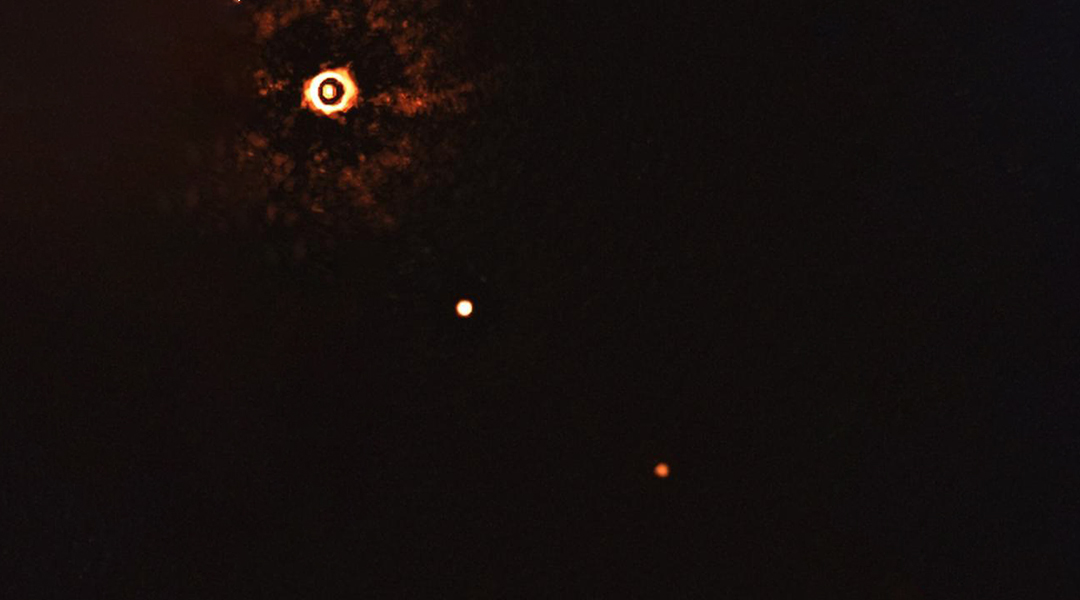
In a rare occurrence, astronomers have directly observed more than one planet orbiting a star similar to the Sun.
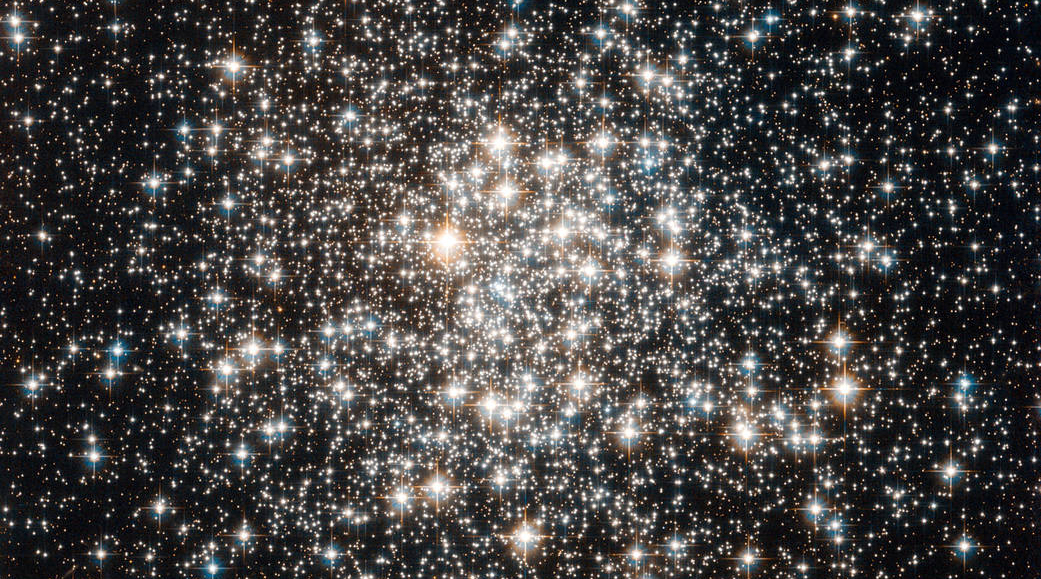
Through the noise, a class of stars reveals its inner workings; poor ‘social distancing’ identified using NASA space telescope
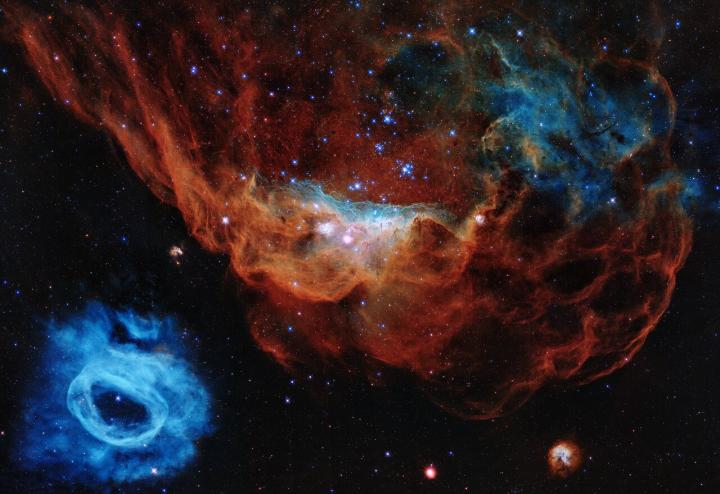
This year marks the 30th anniversary of the Hubble Space Telescope, which has opened a new eye onto the cosmos and has been transformative for our civilization.
![Starfish-Inspired Soft Robot for Advanced Therapeutics [Video]](https://www.advancedsciencenews.com/wp-content/uploads/2019/02/adfm201804647_ASN_image.jpg)
A bioinspired soft actuator that responds to an alternating magnetic field is fabricated.